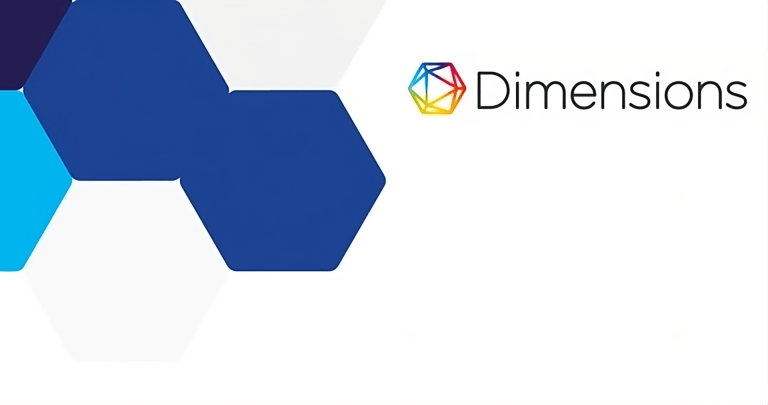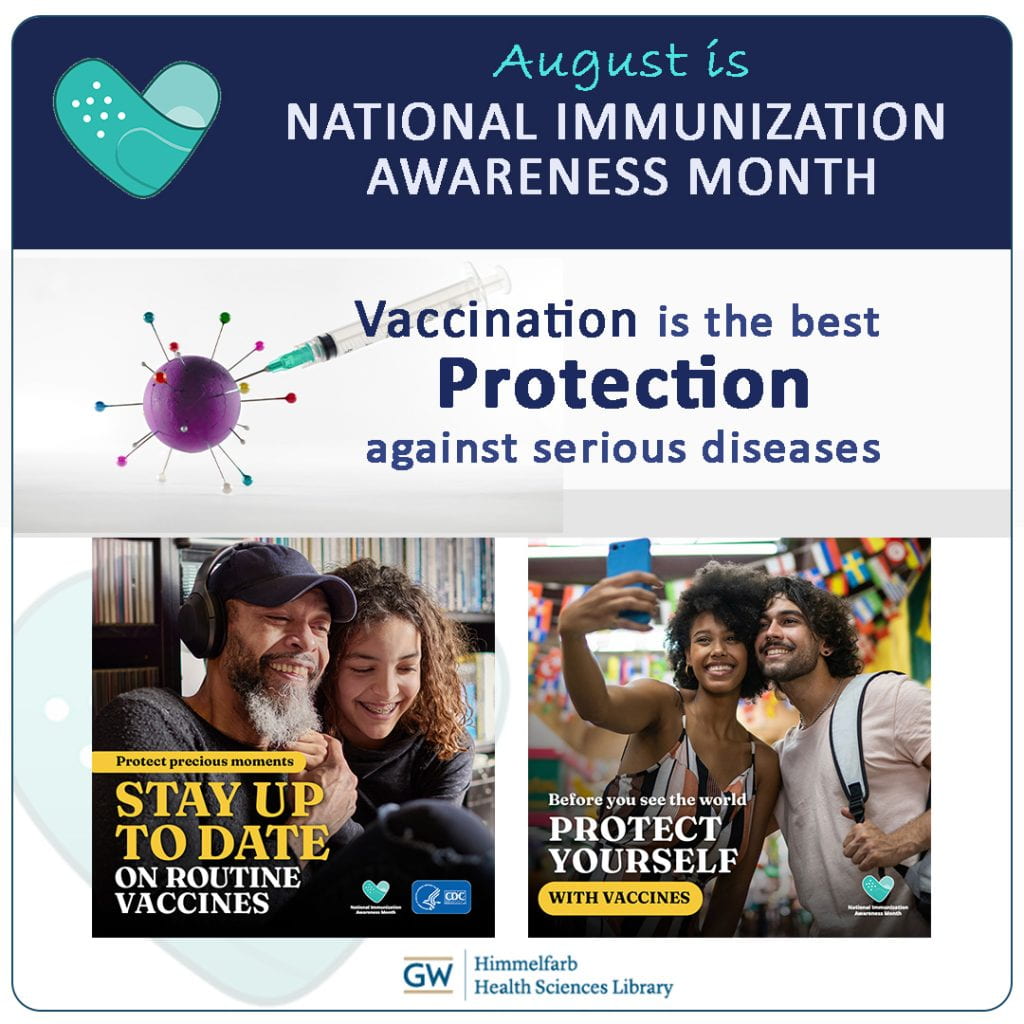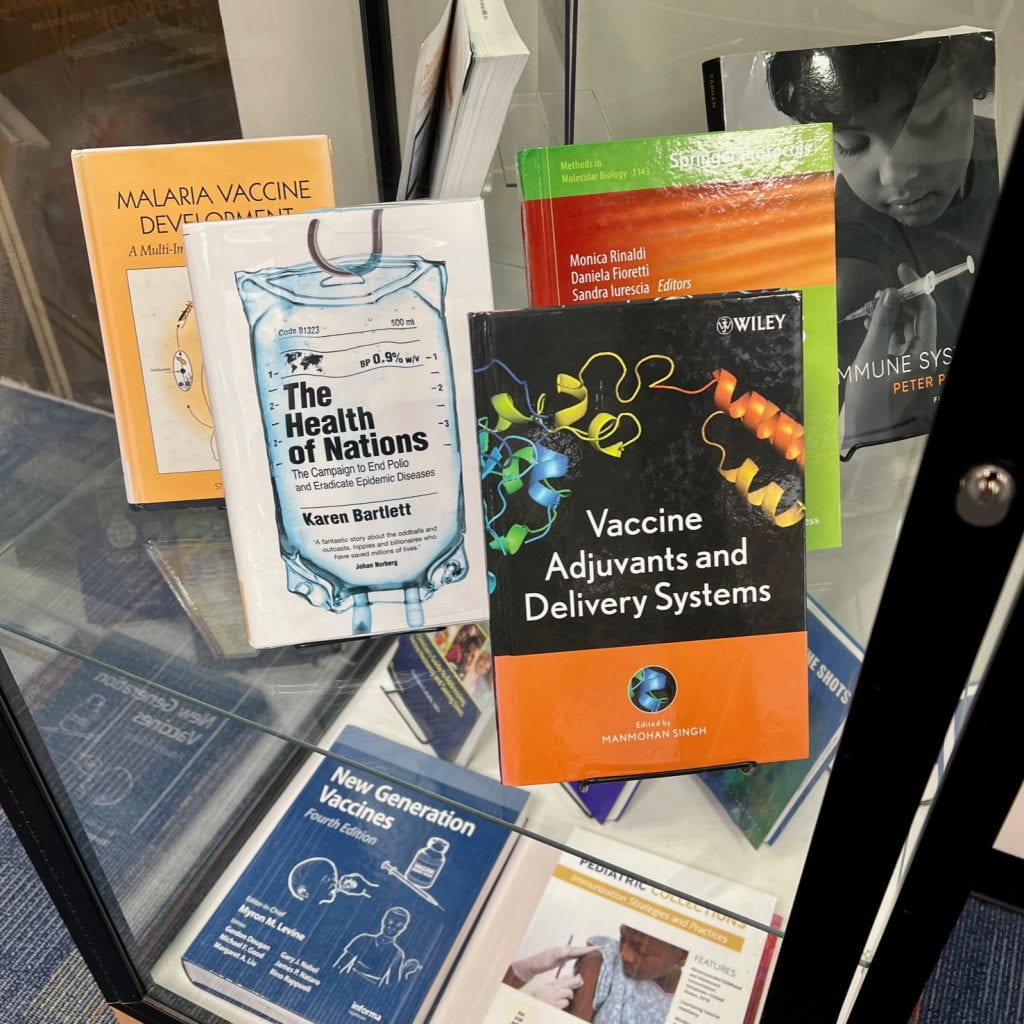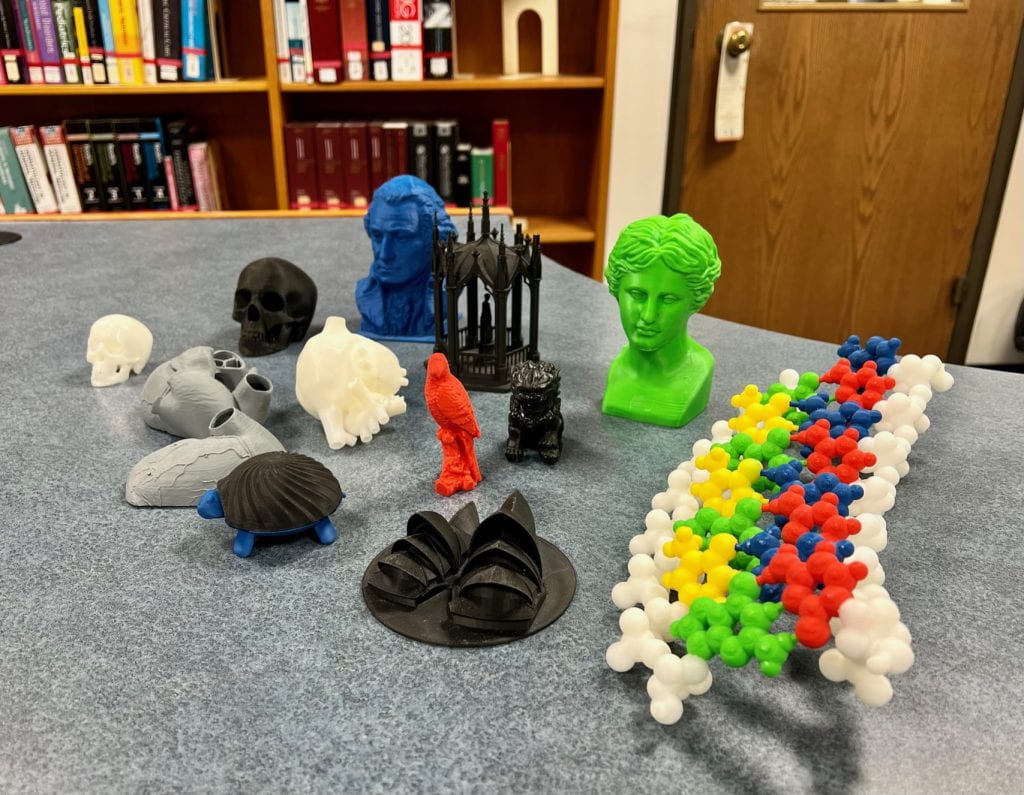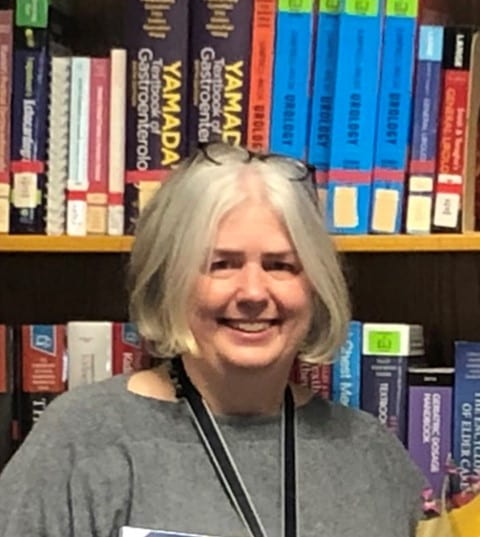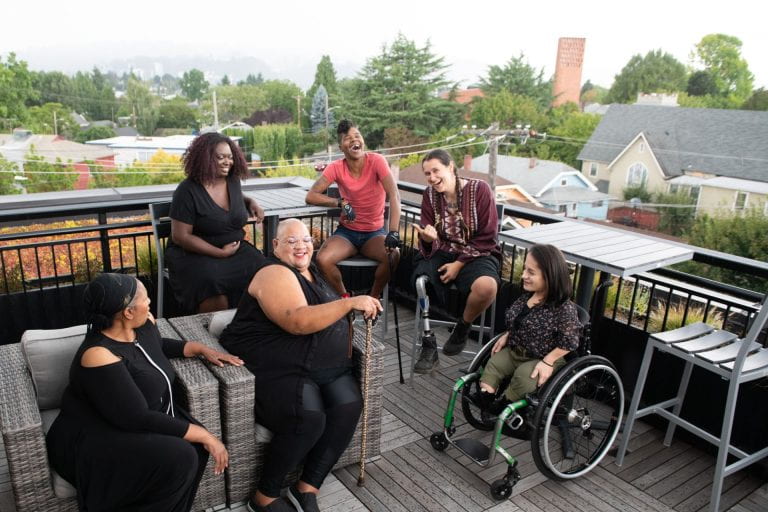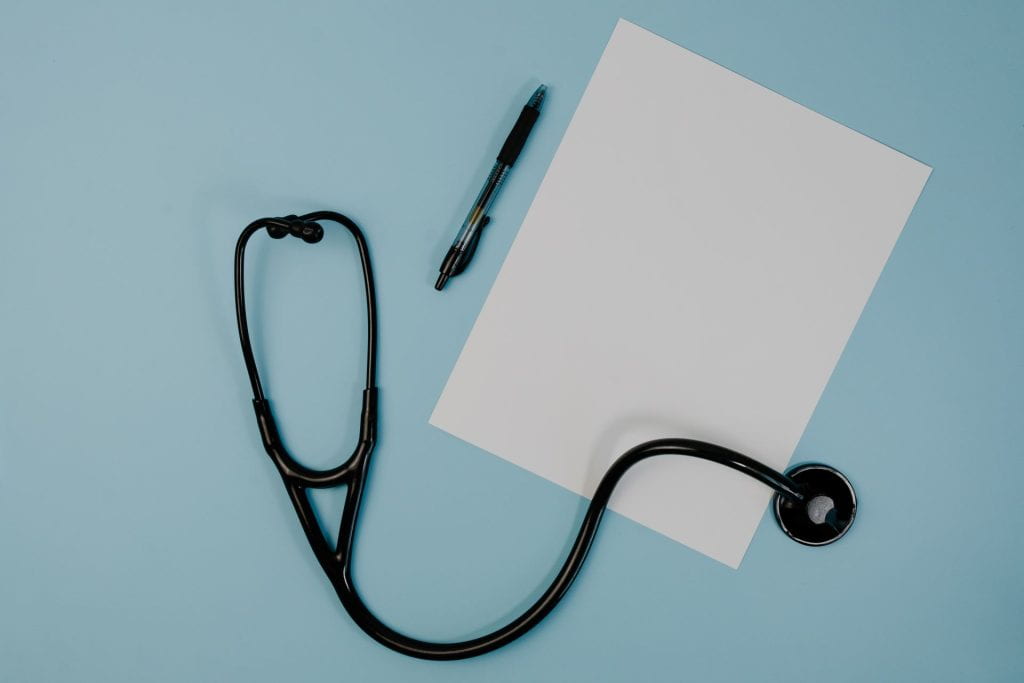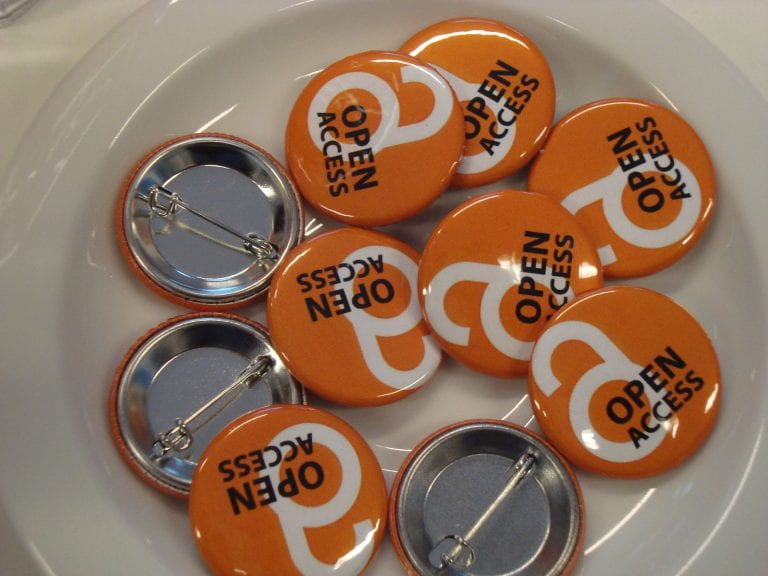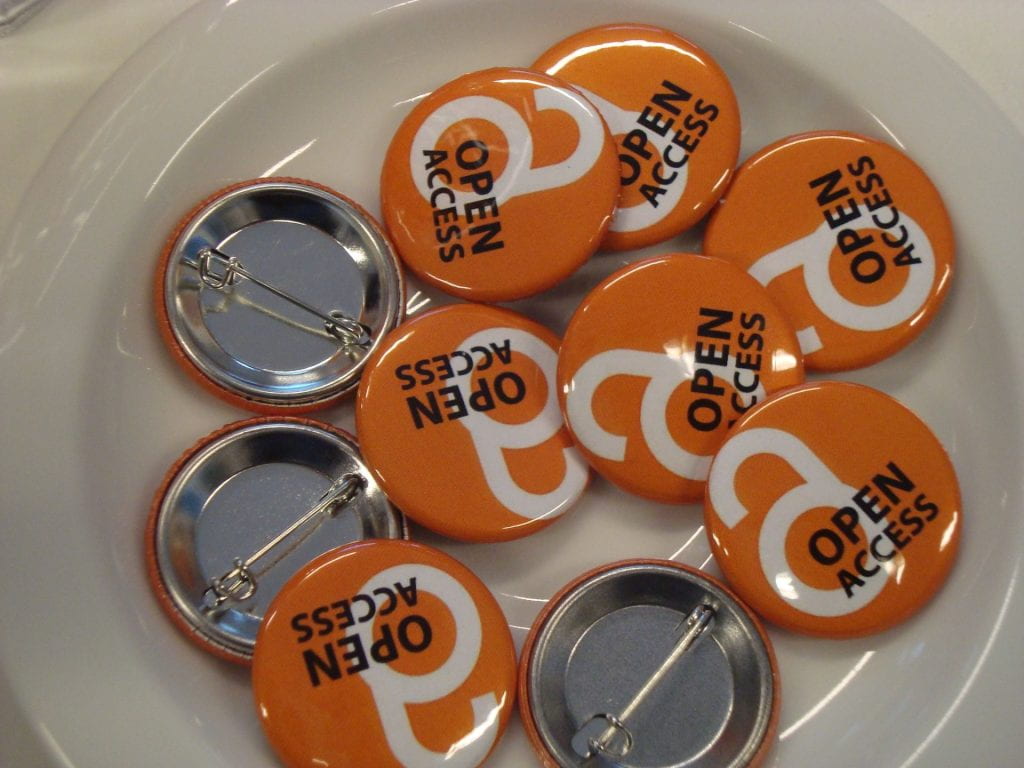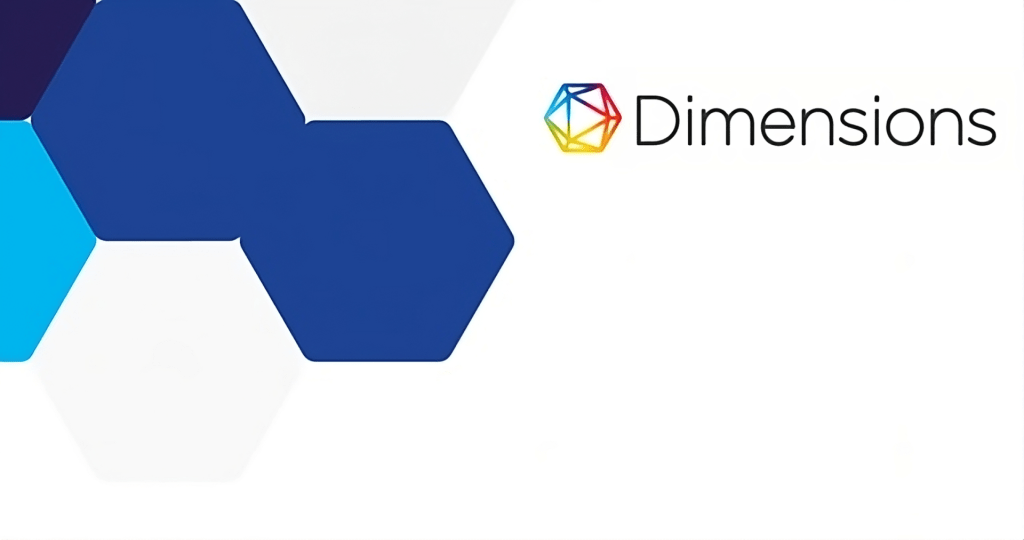
Dimensions Analytics is a research-oriented database produced by Digital Science, designed to track research outputs, support analysis of research activity within GW and other institutions, and compare data between institutions. Dimensions is part citation database, part article discovery search engine, and part research analytics platform. Data included in Dimensions includes publications, grants, patents, clinical trials, datasets, policy documents, and Altmetric data points. Dimensions allows users to: analyze the impact of clinical trials, patents, and policies; search journals, preprints, datasets, proceedings, and books; as well as to follow grant funding to identify future trends.
You have two options for accessing Dimensions. The first option is the free version, which provides basic access. GW’s subscription version provides access to Dimensions Analytics - a more comprehensive functionality than the free version. Off-site access to GW’s Dimensions subscription requires that you log in to the VPN before you access Dimensions.

Once you are in Dimensions Analytics, you’ll notice that the resource is split into three distinct areas. From the menu bar on the left side of the page, shown in the screenshot on the left, you’ll be able to search for research output from groups, researchers, research organizations, and funders.
The main navigation menu located in the top center of the page allows you to view search results by category. Categories include publications, datasets, grants, patents, clinical trials, and policy documents.
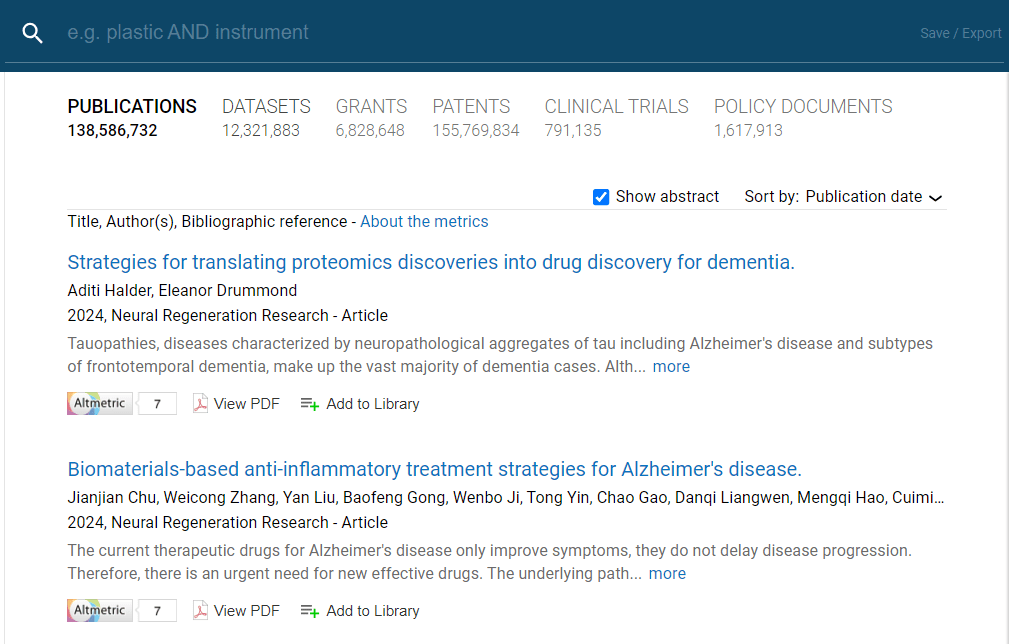
The menu options on the right side of the page, pictured below, provide an option to log in for access to Dimensions Analytics. This area is also where you will find analytical views that allow you to view publication trends and researcher network maps.

To learn more about Dimensions Analytics, including how to build groups of researchers, view and download researcher network maps, and view analytics at a departmental and institutional level, watch the brief video introduction below:
Dimensions tracks research through the entire research lifecycle, which allows you to follow a specific piece of research from a funding source, to publication, and to the impact of that publication through citations and online mentions (Altmetrics). This incredible tool can help researchers create network visualizations, find a suitable journal for a manuscript, protect research integrity, and enhance grant applications to secure additional funding.
Explore Dimensions Analytics today and see how it can help further your research!

